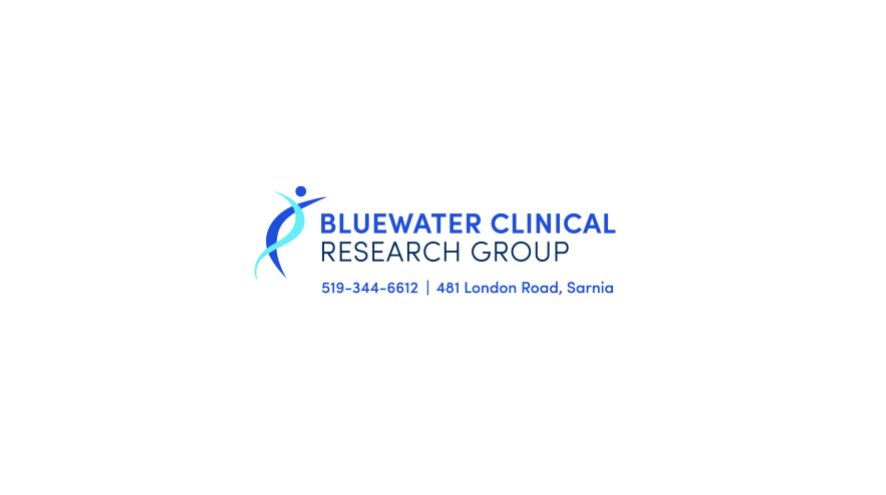Alzheimer’s and Alcohol
The relationship between Alzheimer's disease and alcohol consumption is a complex and nuanced one, and it's important to consider various factors. Responses to alcohol vary among individuals. Factors such as age, genetics, overall health, and medications can influence how alcohol affects the brain.

Research has shown that excessive alcohol consumption is associated with various health risks, including an increased risk of dementia. A research study in 2016 showed that heavy drinkers (8 or more alcoholic beverages per week) had a faster cognitive decline. Studies found that drinking alcohol led to a quicker loss of brain cells and increased the number of amyloid plaques in brains with Alzheimer’s disease pathology. In people with Alzheimer’s disease, these plaques clump together and collect between neurons to disrupt brain function. Therefore, alcohol consumption may be a modifiable risk factor, one that you can take measures to change for Alzheimer’s disease and dementia.
Alcohol can also interact negatively with medications, including those prescribed for Alzheimer's disease or related conditions. It's important to consult with healthcare professionals about potential interactions and risks.
For individuals already diagnosed with Alzheimer's disease, alcohol consumption may need to be approached with caution. It's crucial for individuals and their healthcare providers to make informed decisions about alcohol consumption based on individual health, medical history, and circumstances. In some cases, healthcare professionals may recommend abstaining from alcohol. Regular monitoring and open communication with healthcare providers are important for individuals with Alzheimer's disease who choose to consume alcohol. Any changes in health or medication should be discussed promptly.
In summary, it's essential for individuals and their healthcare providers to engage in open and honest discussions about alcohol use, considering individual health factors and potential risks.
